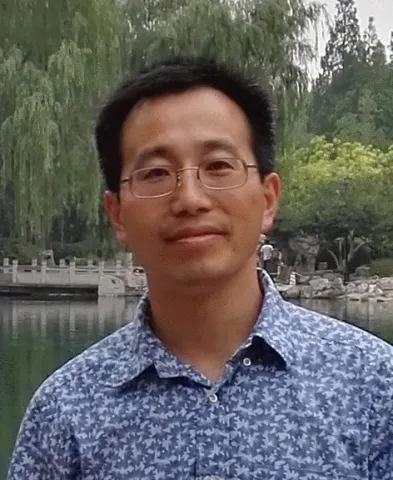About the project
Suspending lives in extreme environment is fascinating. Indeed it is a conserved response that occurs in anoxia, a no-oxygen condition, in many organisms. This project will use model organisms including yeast and worms to elucidate the molecular mechanisms in sensing oxygen, arresting the cell cycle and recovering from anoxia through an interdisciplinary approach.
Many organisms can survive through extreme, adverse environments, including heat, cold, drought and no oxygen (anoxia). A protective mechanism, called suspended animation, temporarily pauses all cellular activities, including cell cycle progression, metabolism and movement. When the suspended animation ceases, organisms can recover from suspended animation without any harm or adverse effect. Anoxia-induced suspended animation has been observed in different domains and kingdoms, such as zebrafish, nematodes and yeast, even though the current earth atmosphere contains 20% oxygen. It is a fascinating, conserved response to the environment that must be important for the survival and adaptation of the species in evolutionary history.
In this project, the PhD student aims to elucidate the molecular mechanisms and cellular pathways involved in sensing oxygen, arresting cell cycle activities and recovering from anoxia through live-cell imaging, genetics and multi-omics analyses. The main supervisor’s lab has utilized the budding yeast S. cerevisiae gene deletion library and performed a genome-wide screen to identify mutants that do not grow well after recovery from anoxia. We have identified 35 anoxia-induced suspended animation (AIS) genes. The majority of them have conserved homologous genes in humans, but the functions of these genes in human or mammalian cells are largely unexplored.
The results of this project will be fundamental to our understanding of cell homeostasis, organism-environment interactions, and the evolution of lives. The basic knowledge learned from yeast, worms and cell lines can be used to induce longer and harmless suspended animation to extend the preservation time of donated cells, tissues or organs for transplantations. The investigation in anoxia-induced suspended animation and recovery is not only pertinent to cell and molecular biology, genetics, evolutionary biology, but also has medical and clinical relevance.
Supervisory team
The supervisory team includes supervisors from several organisations. Please contact the Lead Supervisor for more information about the team.
Training
The INSPIRE DTP programme provides comprehensive personal and professional development training alongside extensive opportunities for students to expand their multi-disciplinary outlook through interactions with a wide network of academic, research and industrial/policy partners. The student will be registered at the University of Southampton and hosted at the School of Biological Sciences.
Specific training will include: molecular and cell biology techniques, transgenic techniques in yeast, C. elegans, zebrafish and cell lines, live-cell imaging in anoxic chamber, assay development on organelle dynamics, omics analyses, including but not limited to genome-wide phenotypic screening, RNA-sequencing, chromatin immunoprecipitation followed by DNA sequencing (chIP-seq), and proteomics. The candidate will integrate knowledge obtained from different omics platforms. The candidate will also learn about the conservation and evolution changes by studying several distantly evolved model organisms, and try to apply the knowledge in human cells. Therefore, this project will provide training on investigation of basic cellular mechanisms, and transforming the basic knowledge to solve outstanding questions in tissue preservation.
In addition to wet and dry lab skills, the student will have the opportunities to interact with scientists in multiple disciplines, including biologists, chemists, engineers, clinicians, and set up collaboration. The student will present the progress of the research in international conferences.
